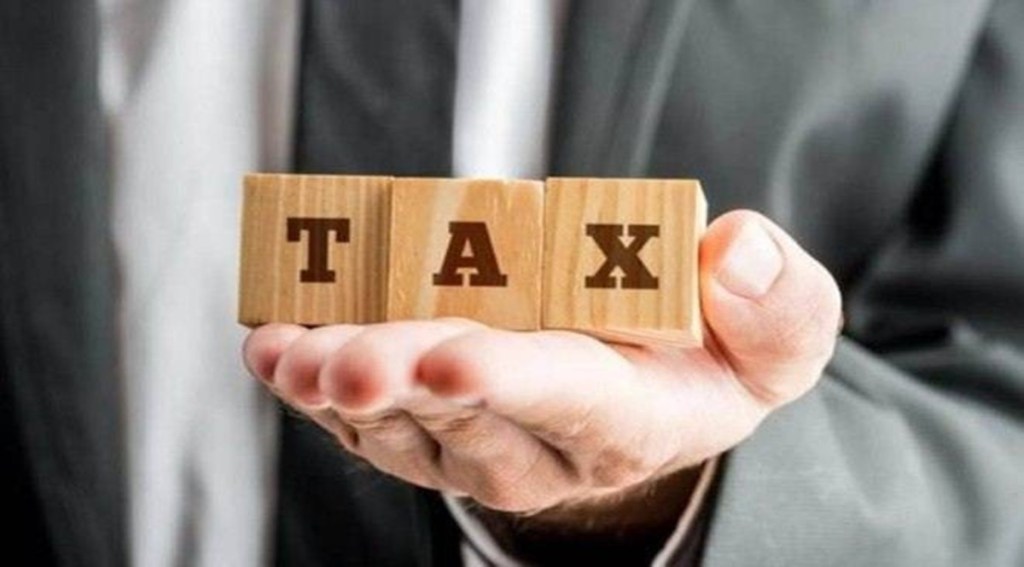By TV Mohandas Pai & S Krishnan
The BJP’s 2014 poll manifesto stated, “We will provide a non-adversarial and conducive tax environment, overhaul the dispute resolution mechanisms, rationalisation and simplification of the tax regime which is currently repulsive for honest taxpayers.” Then finance minister Arun Jaitley stated in his 2016 Budget speech, “Litigation is a scourge for a tax-friendly regime and creates an environment of distrust in addition to increasing the compliance cost of the taxpayers and administrative cost for the Government.”
Finance minister Nirmala Sitharaman spoke of reducing repeated litigation between taxpayers and the income tax department in her 2022 Budget speech. The large quantum of pending tax disputes shows that high-pitched assessments continue, and litigation management has not been very effective over the seven years since FY14. It is well known that the income tax department (ITD) is the largest litigant in India. At the lowest level of litigation, the number of appeals pending with CIT (Appeals) has more than doubled from 2.15 lakh in FY14 to 4.58 lakh in FY20. And the amount locked up in these cases has increased by more than 3X, from Rs 2.87 lakh crore in FY14 to Rs 8.83 lakh crore in FY20. This amount alone is more than the revenue deficit of the Centre that year.

The percentage of appeal cases pending with CIT (Appeals) has only gone up year-on-year. Out of 5.57 lakh appeals cases due for disposal in FY20, about a lakh cases were disposed of, resulting in pendency of 82%, compared to 71% in FY 2013-14. Dispute resolution by ITATs/High Courts/Supreme Court is not any better.
During the seven years since FY15, there was no significant improvement in tax dispute resolution despite schemes such as ‘Direct Tax Dispute Resolution Scheme’ and ‘Vivad se Vishwas’. Faceless assessment and appeals were introduced in August 2020 to eliminate the physical interface between taxpayers and the tax authorities. The entire assessment process was designed to have multiple layers of review by different units, including an automated examination tool, thereby reducing the scope for a tax officer’s discretion. This is a significant tax-administration reform, reducing the tax officer’s discretion, the scope for graft, and the scope for potential overreach by tax officials, taxpayer harassment, and litigation.
Fair and reasonable orders—and, consequently, lower litigation—were expected of faceless assessment. However, it has been mired in litigation due to improper implementation by the tax authorities. A large number of writ petitions were filed in various High Courts, for reasons such as inadequate time given to taxpayers to submit responses or to respond to draft assessment orders, assessment orders passed before the time prescribed to file the reply, not considering the submissions made, non-granting of approval for personal hearing, etc.
There is a year-on-year increase in arrears of demand, as per the CAG report on direct taxes for the year ended March 2020. Does the high number of pending appeals at all levels of litigation and the amount locked up in litigation eventually result in higher tax realisation by the government? The accompanying graphic gives the trend of arrears of tax demand over the past seven years. The ITD’s Demand & Collection Report for March, of respective FYs, analyses factors such as no assets/inadequate assets for recovery, cases under liquidation/BIFR, assessees not traceable, demand stayed by courts/ITAT/IT authorities, TDS/prepaid taxes mismatch, etc, to estimate the demands difficult to recover. With the ITD unable to recover over 97.5% of the total arrears demanded, it is obvious that pending litigation is untenable.
The tax officers unnecessarily pursue appeals at all levels, regardless of the outcome, since there is no penalty on the ITD and its officers. The 2018 Economic Survey states that the taxman has initiated 88% of the litigation at the ITATs and the Supreme Court and 83% of the litigation pending at High Courts. The success rate for both direct and indirect tax litigation at all levels is under 30%. The 2017 CAG report states that the ITD unambiguously loses 65% of its cases. Over time, its success rate has only been declining.
The second report of Tax Administration Reform Commission (TARC) mentions a marked absence of judicial discipline and respect for precedent, resulting in a plethora of avoidable disputes. This is attributable to risk-aversion to deciding cases in favour of taxpayers. The finance minister’s proposal to reduce repeated litigation may have limited impact since it involves only jurisdictional High Court or the Supreme Court. Instead, as recommended by TARC, on disposal of cases by HCs/SC and judgments accepted by the ITD, the CBDT should make it a standard compulsory practice to withdraw appeals in any pending case involving the same issue within a maximum period of two months, failing which the ITD should be penalised.
The ruling dispensation has been unable to fulfill its 2014 promise. On the contrary, ‘tax terrorism’ and ‘uncertainty’ continues unabated. The government must urgently clean up the tax assessment system. The CBDT should focus on resolving the high number of pending appeals before various authorities. Administratively, the biggest roadblock is at the commissioner level. In terms of priority, the CBDT should fast track the settlement of appeals pending with Commissioners (Appeals). The ITD should target to complete all pending appeals within the next one year and release the inappropriately collected taxes to the taxpayers. In the case of appeals pending at higher levels, the ITD should target to settle all cases pending at the ITATs in the next two years and all cases pending with the courts within the next three years. The CBDT should publish on its home page a monthly report on the total number of appeals pending at the beginning of the month, disposed of during that month, and the pending appeals at the month-end, along with the number of appeals settled and the amount locked up at the end of the month.
The authors are Respectively, chairman, Aarin Capital Partners, and tax consultant


